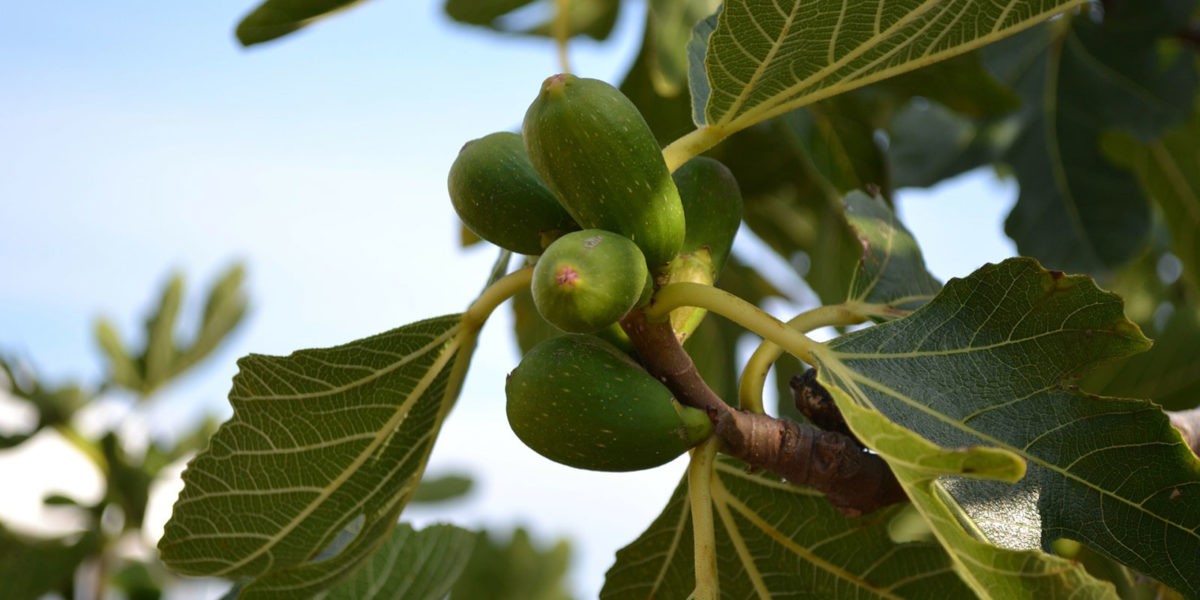
Here are the steps to successfully grow a fig tree in a pot on your balcony or terrace.
The fig tree is a tree with many qualities, both resistant and undemanding in terms of soil quality. The pot size to use when repotting a fig tree Do not repot your plant in a pot much larger than the current one.
Otherwise, the fig tree will mainly develop at the roots level, to the detriment of the foliage and fruits. It is generally recommended to repot in a pot with a volume greater than 1/3 of the old one. That is to say a pot with a diameter superior to 5 to 10 cm.
It is good to repot a fig tree every two years, always in a pot with a slightly larger diameter. If this is not possible, remove a few centimeters of soil from the periphery of the root ball and do not hesitate to cut the peripheral roots. The soil to repot a fig tree You can use a ready-to-use potting mix (citrus type).
You can also make your own potting mix with a well aerated potting soil to which you add a 1/4 of garden soil. Fertilizer If you can, add an organic fertilizer at the time of repotting.
These ensure a slow release during the whole period of action (6 months or 9 months). You can also water your fig tree from time to time with vermicompost tea. The fig tree likes substrates rich in potassium.
Therefore, choose liquid or solid organic fertilizers where the last number (corresponding to the letter K) is as high as possible.
Watering your fig tree
The frequency depends of course on the environmental conditions (temperature, exposure). A fig tree must be watered enough but not too much, at the risk of root rot. If you have a bowl under your planter, it should not remain full of water all the time. Before watering again, wait a few days until the water in the bowl disappears. A fig tree that needs water has its leaves at a 90° angle, or more than 90°, to the stem.

